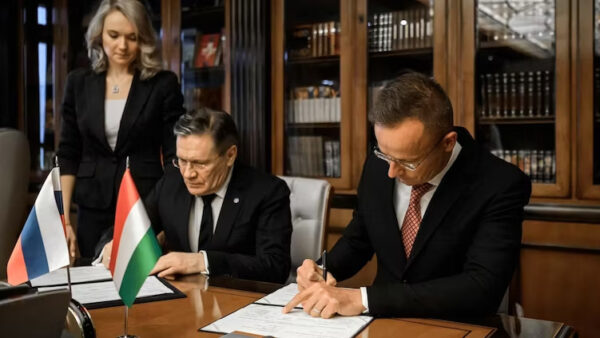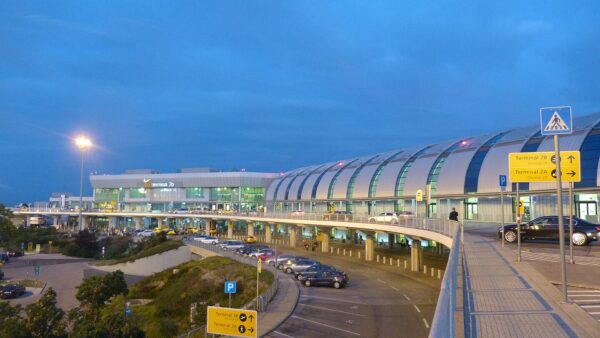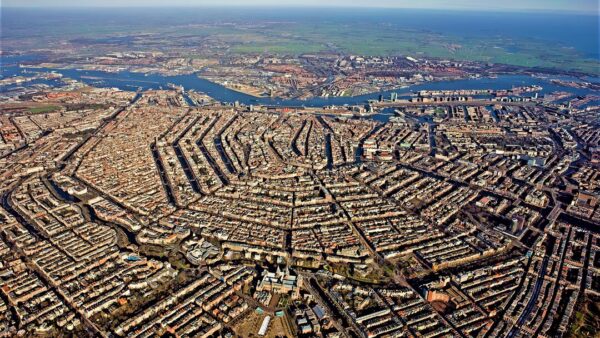Russia’s rail operator has taken advantage of Vladimir Putin’s visit to Tokyo to propose the creation of a series of rail links that would eventually connect Japan to the Trans-Siberian railway, and Europe.
The plan, outlined in a presentation by Russian Railways, would be to connect the Russian mainland to Sakhalin Island and Hokkaido. The state-owned company estimates that some 31.8 million tonnes of cargo would be carried on the line by 2030.
Vyacheslav Pavlovsky, a vice-president of the Russian Railways, said an expert group would do a feasibility study on the idea, Construction.RU reports.
A rail link would let Japan get its goods to Europe much faster than is possible by container ship, proponents of the idea say.
Russia would need Japanese help with funding and technology, and has hinted that Japan’s cooperation could be part of a wider bargain to return the Kuril Islands, which the Soviet Union annexed at the end of the Second World War.
“Projects like this will contribute to the improvement of relations of trust between Japan and Russia, which is regarded by President Putin as a precondition for negotiations on territorial disputes,” a Russian diplomatic source told Asahi Shimbun.
President Putin arrived in Tokyo on 15 December with a shopping list of 18 such projects, which have a combined cost of around $15.6bn.

The rail system would connect Japan to the Trans-Siberian
That figure is roughly equal to the amount that Japanese prime minister Shinzo Abe was reportedly willing to invest in Russia to obtain the return of the Kurils.
The Russian newspaper Izvestia reported in October that a source “close to diplomatic circles in Japan” had said the Abe government was planning to initiate a diplomatic process to resolve the dispute when Vladimir Putin, the president of Russia, visits Tokyo in December, and was prepared to pay what amounted to a ransom of $20bn.
The idea of connecting Sakhalin and Hokkaido was first mooted in the 19th century, and work on a tunnel actually began in 1950, only to be discontinued after the death of Stalin in 1953.
The project is one of a number of extensions to the Trans-Siberian floated by Moscow in recent years, and fits in with a wider plan to develop the northeast Asian economy. The combination of high population densities, abundant natural resources and capital make the region a potential powerhouse, however bitter political differences between many of its constituent nations have prevented it being realised.
Image: La Pérouse straits between Sakhalin and Hokkaido (Creative Commons)
Further reading






